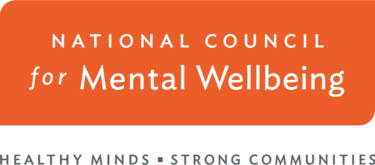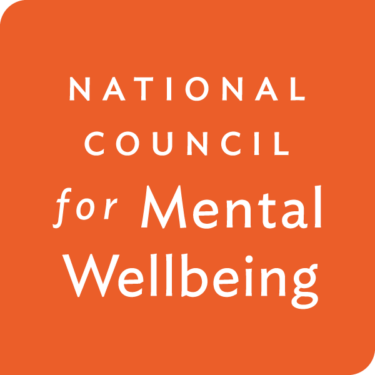The Comprehensive Health Integration (CHI) Framework
Complimentary Scoring Trackers and Worksheets
Comprehensive Health Integration (CHI) Framework suite of resources is a groundbreaking, evidence-based, bidirectional framework that will guide your physical or behavioral health organization through sustainable physical health/behavioral health integration (PH/BHI). With three integration stages across multiple settings in large systems of care, the CHI suite of tools helps providers, payers and systems improve integration efforts.
The CHI Suite of Resources include:
| | ||
| White Paper | Describes the CHI Framework, detailing evidence-based domains and subdomains and three integration stages, connecting each to value, metrics and financing. | Explore this resource to understand the rationale behind the CHI Framework, inform strategic planning and communicate integration goals to stakeholders. |
| Framework Self-assessment Tool | A quality improvement tool using eight domains and 15 subdomains of PH/BHI to provide a roadmap for assessing “integratedness” and planning for improvement. | Use this tool to determine your program’s current integration stage, track progress and develop practical strategies to advance integration. |
| Self-assessment Guide | Step-by-step instructions for interdisciplinary teams using the Self-assessment Tool to evaluate and improve PH/BHI. | Use this guide to organize self-assessment meetings, identify areas of growth and develop plans to achieve your program’s goals. |
| Definitions and Examples Handbook | Definitions, examples and resources are organized by domain to clarify CHI concepts and provide materials to support implementation. | Reference this handbook to expand your understanding of CHI concepts and learn implementation best practices. |
Resource: White Paper
Description: Describes the CHI Framework, detailing evidence-based domains and subdomains and three integration stages, connecting each to value, metrics and financing.
How to Use: Explore this resource to understand the rationale behind the CHI Framework, inform strategic planning and communicate integration goals to stakeholders.
Resource: Framework Self-assessment Tool
Description: A quality improvement tool using eight domains and 15 subdomains of PH/BHI to provide a roadmap for assessing “integratedness” and planning for improvement.
How to Use: Use this tool to determine your program’s current integration stage, track progress and develop practical strategies to advance integration.
Resource: Self-assessment Guide
Description: Step-by-step instructions for interdisciplinary teams using the Self-assessment Tool to evaluate and improve PH/BHI.
How to Use: Use this guide to organize self-assessment meetings, identify areas of growth and develop plans to achieve your program’s goals.
Resource: Definitions and Examples Handbook
Description: Definitions, examples and resources are organized by domain to clarify CHI concepts and provide materials to support implementation.
How to Use: Reference this handbook to expand your understanding of CHI concepts and learn implementation best practices.
Why Use the CHI Framework?
The CHI Framework can be adapted to a variety of clinical settings, including primary care, behavioral health and specialty practices. It provides practical tools to measure progress, demonstrate value and secure sustainable financing for integration. Its benefits includes:
- Bidirectionality: Usable in any mental health/substance use or physical health setting.
- Broad applicability: Designed for any age group or population.
- Systemwide collaboration: States, payers and funders can use CHI to collaborate with providers and Certified Community Behavioral Health Clinics in assessing and improving PH/BHI across their networks.
- Flexibility: Usable by any program at any of the three integration stages, regardless of resources. Incorporates the use of any and all integration models, including the collaborative care model (CoCM) and primary care behavioral health (PCBH) model.
Learn More
Explore the CHI resources to advance your integration efforts and improve comorbid health outcomes for individuals and communities. For more information or to learn about future CHI learning communities and technical assistance opportunities, contact the Center of Excellence for Integrated Health Solutions.
This report was supported by the National Council for Mental Wellbeing’s Center of Excellence for Integrated Health Solutions and funded by a grant award from the Substance Abuse and Mental Health Services Administration (SAMHSA) and managed by the National Council for Mental Wellbeing. The views, opinions and content expressed in this presentation do not necessarily reflect the views, opinions or policies of the Center for Mental Health Services, SAMHSA or the U.S. Department of Health and Human Services.

